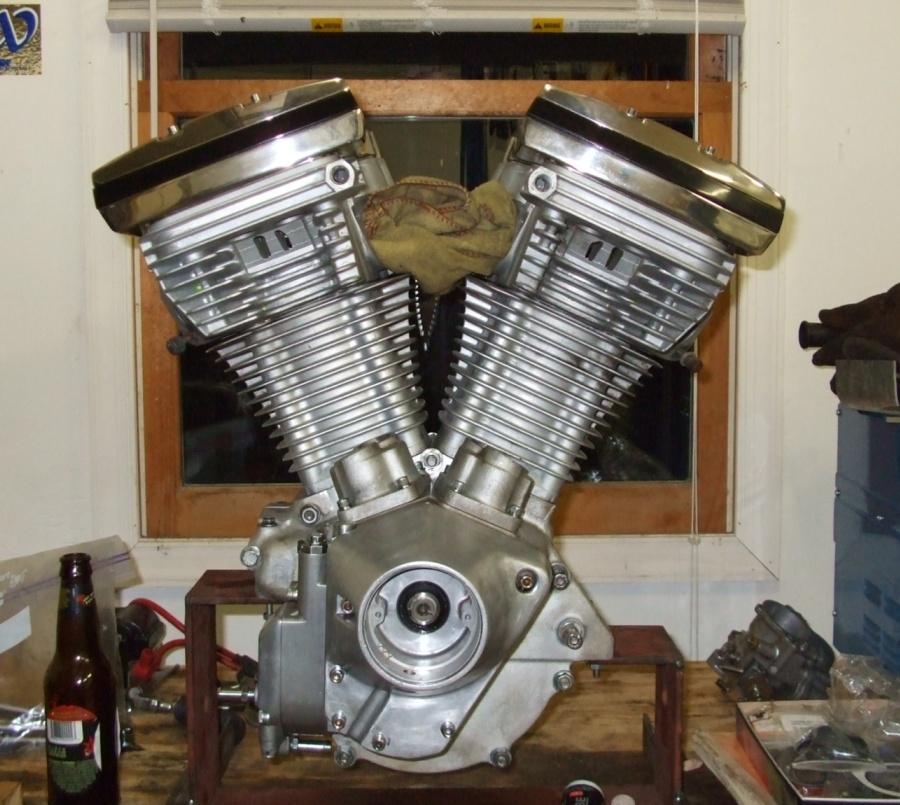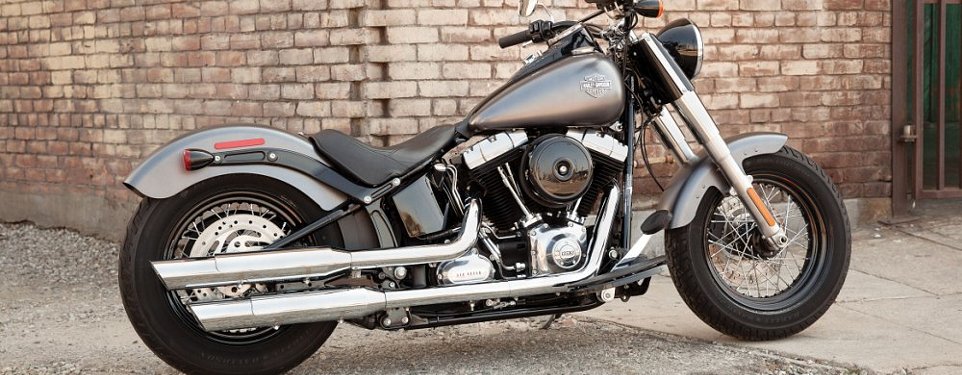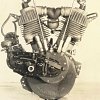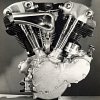I never fail to be tickled when a rookie tries to add some oil to a Harley. Where is the oil filler? Is there a sight glass? How do you change it?
Harleys, you see, have dry-sump engines. That means the oil sits in a tank totally separate from the engine, usually under the seat somewhere, and is pumped in and out by an oil pump that bolts to the outside of the engine. This is in contrast to wet-sump engines, where the engine oil simply falls by way of gravity to a pan that sits under the spinning crank, where an internal oil pump sucks it up, only to repeat the process. The question is: why? Why does H-D always have to be… different?
Sounds like a good topic for this installment of Why things are the way they are.
Let's start by jumping into the Wayback Machine for a little bit. Let's travel back to Milwaukee, around 1915 or so. Metallurgy was not what it is today. Fuel and lubricants paled in comparison to the chemically engineered products we use now. Perhaps most importantly, many of the real secrets of internal combustion engines had yet to be unlocked. Bill Harley and Arthur Davidson had really only figured out that when they wanted to go faster, all they had to do was make a bigger engine! ZAP! Step on out of the Wayback Machine.
There are two ways to make engines bigger: You can increase their bore (the diameter of the cylinder) or their stroke (the distance the piston moves up and down inside the cylinder). An engine's bore-to-stroke ratio tells us something about how it was designed and how it will perform. Engines that have nearly the same bore and stroke (a 1:1 ratio or so) are referred to as "square." Engines with a bore appreciably larger than the stroke are referred to as "oversquare," and the opposite, with a stroke larger than the bore, is "undersquare."
An undersquare engine tends to be tall. The longer the stroke, the taller the engine is to make room at the top for the travel of the piston and at the bottom for the throw of the crank. Today, most H-D Big Twin engines have a stroke anywhere from about 3.25 inches to 4 inches. Compare this with, say, a Honda CBR1000RR, which has a stroke of only about 2.25 inches. A Harley engine is flat-out tall.
Now, remember the poor lubricants and substandard metals of a century ago? Those factors favored an engine that could make big power at low speeds. It just so happens that undersquare V-twins do just that. They typically produce lots of good, usable torque from idle. That power delivery down low in the rev range was perfectly suited to early motorcycles, producing nice punchy throttle response from an engine turning relatively slowly. That reduced wear and tear on the primitive drivetrain.


The easy solution to this was to let the flywheels be the lowest point of the engine, and to truck in oil from somewhere else. Prest-o-change-o, Harley bolts an oil pump to the side of the case in 1936, and the area right under the seat was enlarged a bit to house both an oil tank and a battery. A few oil lines later, and H-D was in the dry-sump-motorcycle business.

Over the years, other manufacturers turned to oversquare engine designs, particularly in high-performance bikes. The advantage of the oversquare design is that you can have a greater valve area per cylinder and flow more fuel and air, and the shorter stroke allows higher revving. Both increase power. But Harley has stuck with its undersquare engine design that makes the low-end torque its fans love. What started out as necessity is now tradition.
And that’s Why things are the way they are.








